
Assistant Professor
Michigan State University
Biomedical-Physical Sciences Building 567 Wilson Rd., Room 3250 East Lansing 48823 MI United States
wkerzendorf@gmail.com
I started my journey in beautiful Munich in southern Germany and finished my high-school there. My first alma-mater is the Universität Heidelberg where I studied till after my Vordiplom in physics. Fate and copious help by one of my first mentors - the late Rainer Wehrse - brought me to Mount Stromlo Observatory working with Brian Schmidt as a summer research scholar and later PhD. I finished my thesis, titled "Type Ia Supernovae: Progenitors and explosions", in 2011. I then moved to the University of Toronto with Marten van Kerkwijk as a I was a Postdoctoral Research Fellow. From late 2014 to 2018 I was an ESO Fellow at the European Southern Observatory. I stayed at NYU (working in Maryam Modjaz's group) and the Flatiron institute until mid-2019.
My research interests are astrophysics as well as machine learning. Sometimes these interests overlap - sometimes they don't. Students (undergraduate/graduate) that are interested in any of these projects please contact me.
Astrophysics
A supernova marks the brilliant death throes of a star, during which it outshines its entire galaxy. Through their explosive stellar death, supernovae enrich the Universe with new elements necessary for the formation of planets and life as we know it. From the iron in your blood to the silicon in your laptop, supernovae are responsible for producing many important elements from the primordial hydrogen and helium left over from the big bang.
Supernova remnants
Supernova remnants are sites of former explosion with roughly 300 of them found in our own Milky Way. I search for surviving companions in these remnants - which can tell us about the evolution of the exploded star. The vicinity can also tells us about the type of star exploded.
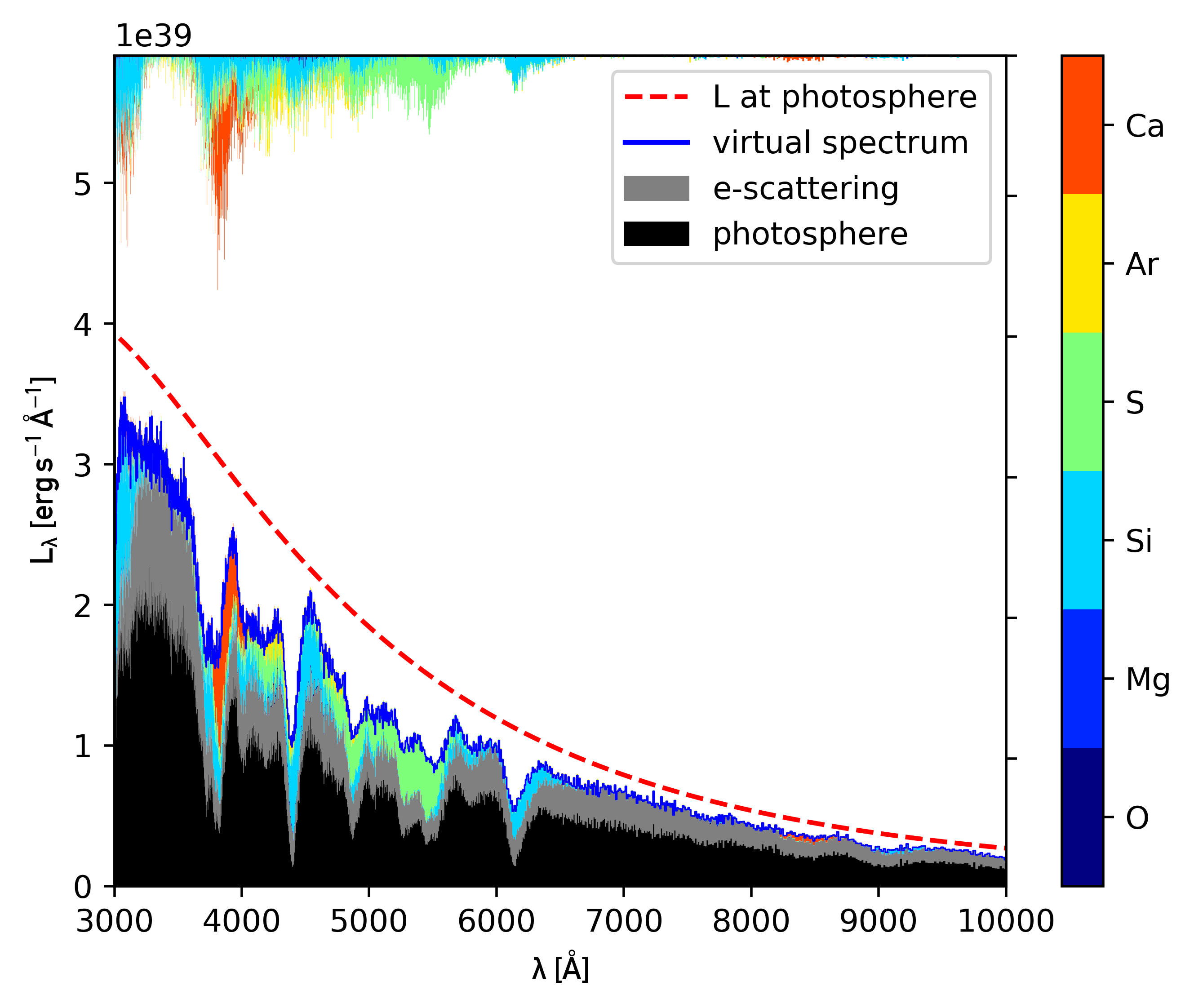
Supernova radiative transfer
Supernova spectra and their evolution contain a lot of information about the explosion and the progenitor star. TARDIS calculates synthetic spectra of supernovae given a model of the explosion. We then tweak the model until the synthetic spectra match the observations to infer the parameters of the exploded star.
:format(webp)/cdn.vox-cdn.com/uploads/chorus_image/image/60521685/eso1825d.0.jpg)
Stars near Black Holes
Around the millions of solar mass black-hole at the center of our Galaxy there is a star cluster. Are these stars born near there? Did they originate somewhere else and migrated there?
Data Science
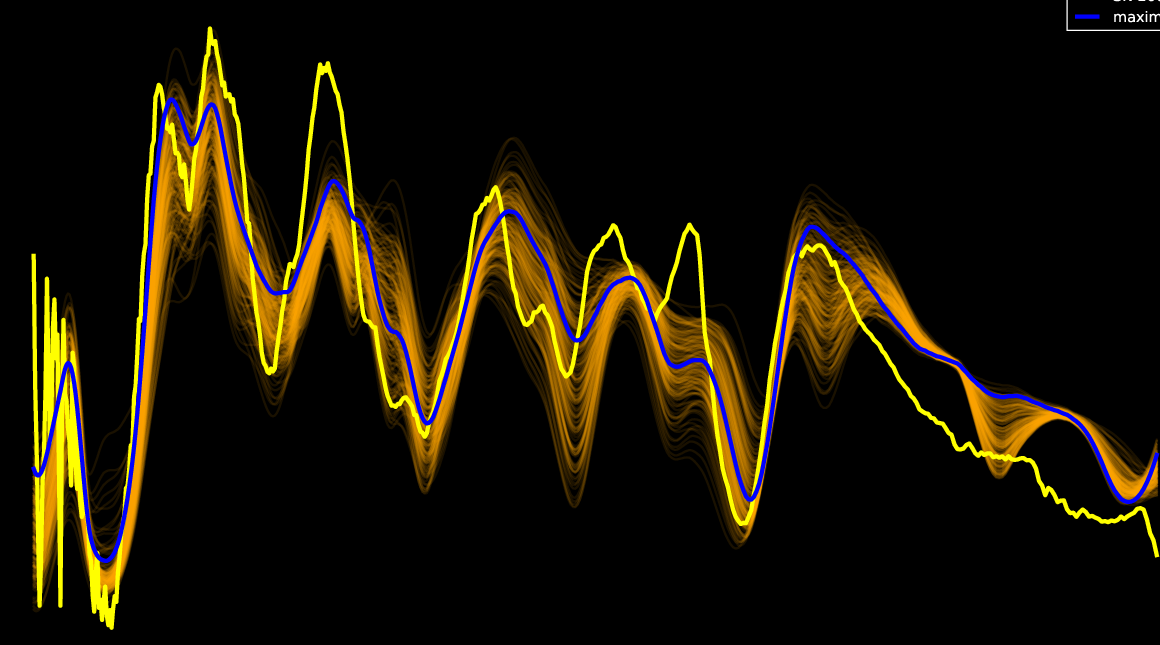
Emulators
An important step to learning from observations is to compare them with simulations. However, many simulations are too expensive and have too many free parameters to directly compare. Emulators are machine learning constructs (we use Gaussian Processes and Deep Neural Networks) that allow to emulate a simulator at a fraction of the computational cost and allow for comparison with observations.
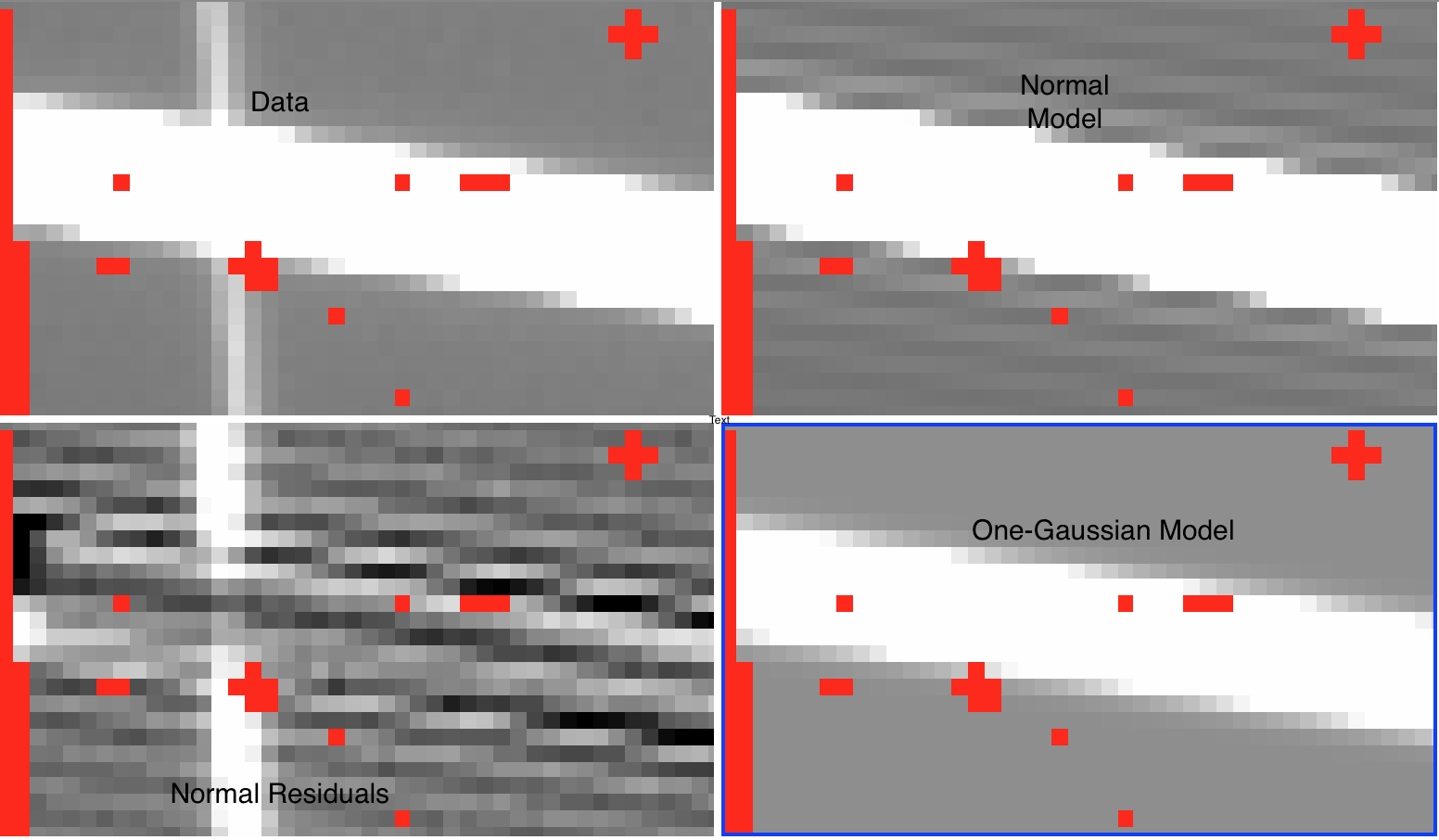
Full modelling of raw spectral data
Spectral data taken at the telescope comes in the form of a 2D image. My research tries to use data science techniques and physical models to extract well-calibrated 1D spectra from the raw data.
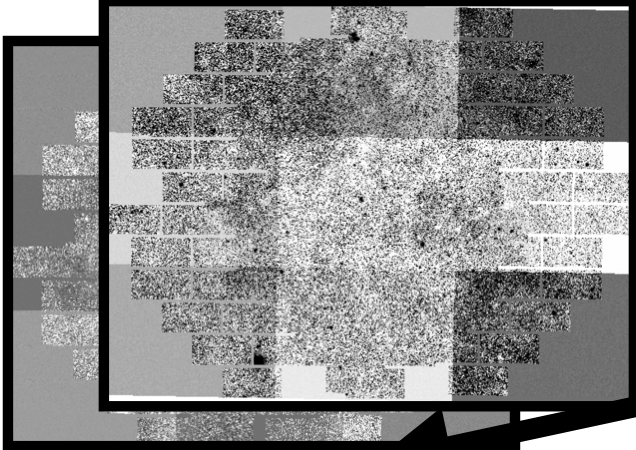
Data driven astrometry
Astrometry extracts the movement of stars (proper motion) from image time-series. The different weather, intrinsic distortions in the imager, and image artifacts make this process very complex. I am researching a technique that uses well measured proper motion of stars to find a data driven way to infer astrometry.
Natural Language Processing and Information Science
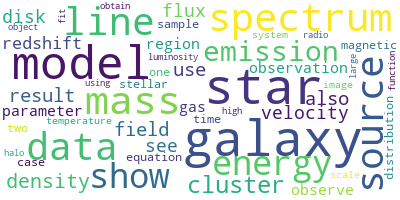
DeepThought Search
A usual way to find papers with related ideas is to follow the citations in the paper and references to the paper. I am researching methods to find similar paper using the content - an implementation can be found at DeepThought search
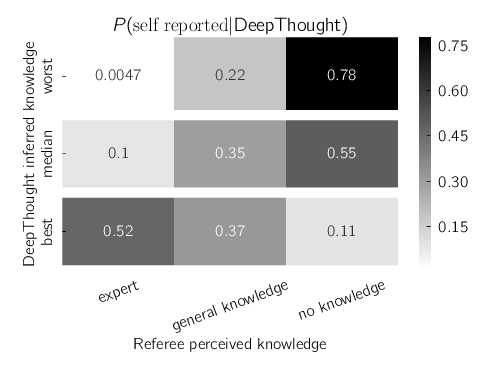
Finding experts using DeepThought
While ancient scientist often have patrons to fund their work, peer review of proposals for the allocation of resources is a foundation of modern science. I research methods to identify experts to evaluate proposals and paper manuscripts. The first experiment was conducted at the European Southern Observatory and the result can be found here.
 https://orcid.org/0000-0002-0479-7235
https://orcid.org/0000-0002-0479-7235